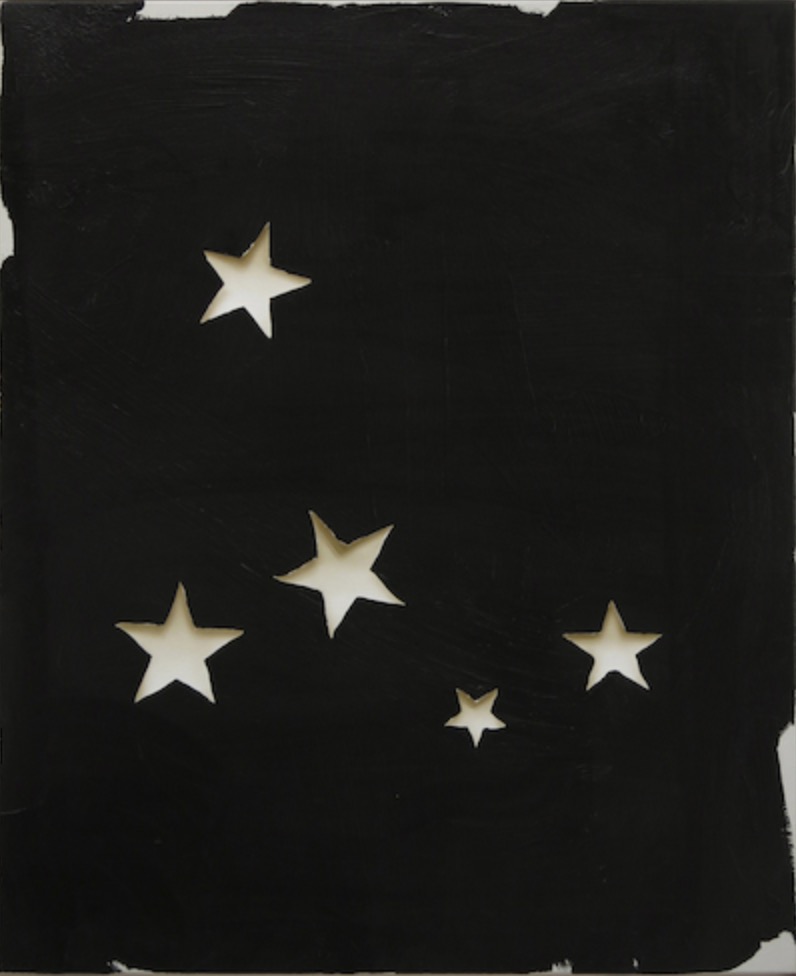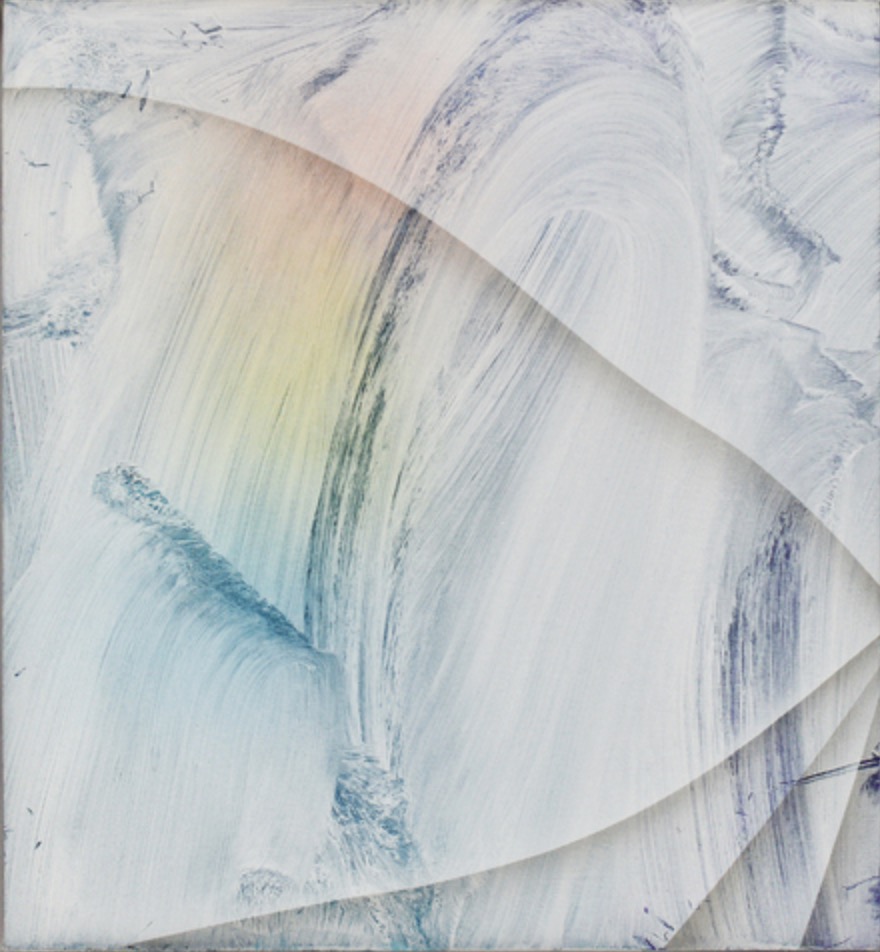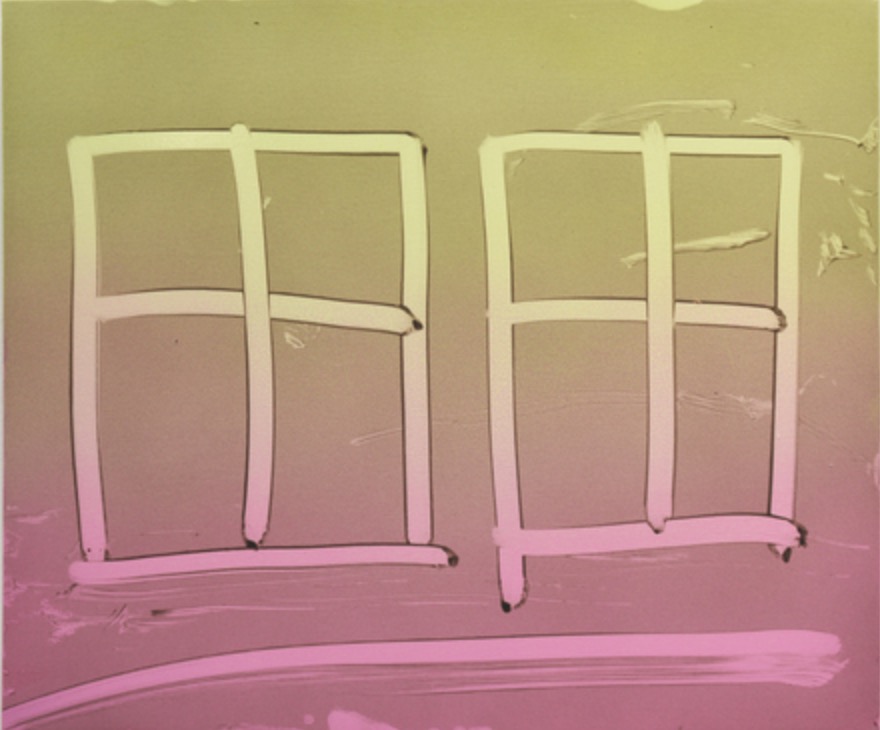Lieven Hendriks
*1970, Velp, NED
Lives and works in Arnhem, NED






Clumsiness as mastery
Seduction and deception in the work of Lieven Hendriks
Dominic van den Boogerd
The term trompe l’œil is used to describe the technique whereby a painted object is made to look three-dimensional. When art historians write about this form of optical allusion they often refer to the Greek author Pliny. He described a contest between two renowned artists to settle the question of who was the best. Zeuxis painted a still life with grapes so lifelike that birds flew down to peck at them. He then asked his rival Parrhasius to pull aside the curtain from his painting, only to discover that the curtain itself was the painting, whereupon he was forced to admit defeat. To regard painting as a manifestation of the truth is to be misled; as far as Pliny is concerned, it is no more than a cultivated form of trickery.
In his work, Lieven Hendriks, too, plays a game with the nature of observation. His paintings anticipate how we look at art, how we focus our attention, and how this process is affected by the surrounding circumstances. In this way his work touches directly on the essence of painting and the value attached to it.
Hendriks builds on a long tradition of artists fascinated by optical illusions. Take Cornelis Gijsbrechts (1620-1684), for instance, who initially worked in Antwerp, and was later active in Germany and Denmark. His Trompe l’œil (1664, Ghent Museum of Fine Arts, MSK) consists of a pair of pendant paintings on two panels. Both show a ‘quodlibet’, a board crisscrossed with ribbons, under which letters, envelopes and bills have been tucked for safekeeping. These correspondence storage boards are partly hidden by a curtain of dark green velvet. The expertly rendered shadows make these painted images appear tangible; they look like objects occupying the same space as us, the onlookers.
A similarly effective use of shadows determines the impact of Hendriks’ paintings in the Starlet series. The images create the impression of a metal surface pitted with bullet holes. The extraordinarily realistic portrayal of the dark holes and their surrounding shadowy dents makes the illusion utterly convincing. A doubting Thomas would put his finger on them, unsure of the evidence of his own eyes.
Creating such hyperreal illusions requires mastery of one’s technique. When seeking to deceive his audience a painter pulls out all the stops to make a work absolutely lifelike. Nothing is allowed to interfere with the illusion. Here, painting amounts first and foremost to a conscious demonstration of the highest professional skill.
In Ruffled Yellow (2011) and Ruffled Violet (2011) Lieven Hendriks alludes ironically to the link between optical illusion and virtuosity. Folds extend from the bottom right-hand corner of both paintings, apparently caused by the inexpert way in which the canvas was stretched onto the frame, causing distortions to result from temperature change or humidity. But on close inspection the unsightly imperfections in fact testify to the painter’s virtuosity. He has subtly manipulated colours and tones to create the illusion of a fold on the flat surface. The result is to turn our value judgement upside down. What looks like clumsiness is in fact evidence of mastery.
All aesthetic pleasure consists to some extent in the knowledge that one is being deceived: it entails the voluntary suspension of disbelief. Optical illusion in painting goes further than technical mastery – it also has to do with seduction and playfulness. The delight of a painting by Lieven Hendriks derives from the skilful way in which he elicits surprise and wonder, as well as provokes thought. Because of its entertaining character, Trompe l’œil tends to be sniffed at by art historians. They dismiss it as a somewhat childish pastime, fit only for interior decoration. But they are wrong to do so, because trompe l’œil does in fact touch on serious and important themes. After all, what are we actually seeing when we look at a painting like Untitled (2010)? Dots of paint or nails in a wall? How do the mechanisms of representation work? How does our gaze scan the surface? Do we focus on the coordinates (six nails in a wall) or on the connecting lines (two red and two green lines of spray paint)? Do we register lines and edges before planes? Do we perceive them more sharply? And how does what we see relate to what we know?
These are simple questions that are hard to answer. There is more going on here than can be explained by Gestalt psychology or Merleau-Ponty’s phenomenology of perception. In his analysis of Pliny’s tale, the French psychoanalyst Jacques Lacan suggested that animals are apparently attracted to superficial appearances, while humans are enticed by the idea of that which is hidden. The visually confusing elements of Hendriks’ work often serve not just to entertain, but also to prompt reflection on the extent to which we can ‘know’ a painting.
This effect is masterfully achieved in the painting Sunny Spells (2011). It is part of a series of works that resemble drawings made with a finger in condensation on a window pane – a rudimentary mode of expression that could be seen as visual art in its most primitive form. The series presents paintings as windows on the world – albeit windows obscured by condensation. The glass itself, colourless and transparent, is invisible; its presence is only suggested by the moisture on its surface. A slightly curving line is dimly visible, separating a darker lower plane from a lighter one above, a division that is repeated at the top of the picture. Seen through the stripe where the glass has been wiped clean, the view does appear sharper, clearer and more full of contrasts, but it doesn’t provide more information on the world behind the window. The point at issue here is not so much what the painting as window reveals of the world behind it, but how the painting actually functions as window. The conundrum posed by Sunny Spells is the space inhabited by the painting itself as a window, or, in the view of René Daniëls, as a ‘fleece’ or membrane. The image anticipates our readiness to interpret the tracks of paint droplets as the trails left by drops trickling down the pane, and Hendriks’ painstaking technique seduces us completely. But the mystery remains. Because how do we know what side of the window we are on? Is it the ‘inside’, the side in the place in which we stand? Or is it the outside of a window in some imagined ‘outside’ world? And how can Hendriks paint something by wiping paint away, rather than adding paint? It is ambiguities like these that both stimulate and frustrate our attempts to fathom the nature of the image. The question with which Sunny Spells ultimately confronts us concerns the knowability of art, given that a painting is both a depiction of reality and itself a real object.
Resonating through Hendriks’ explorations of the nature of art is the Nietzschean adage that ‘art lies the truth’. Painting has ceased to be an exposé of universal values; it has become a game, a game whose rules are constantly under discussion. The painter directs our gaze and we, the onlookers, perceive him playing this game, which we endeavour to comprehend. Painting has become performance art, a dazzling act that attracts and entertains while retaining an element of mystery. His grasp of the beauty of graphic style and decorative quality enables Lieven Hendriks to play the game known as painting with finesse, but we will never fathom quite how he does it.
Exhibitions, projects and participation in art fairs with the gallery
Lieven Hendriks I Wolfram UllrichVIENNA CONTEMPORARY 2020

